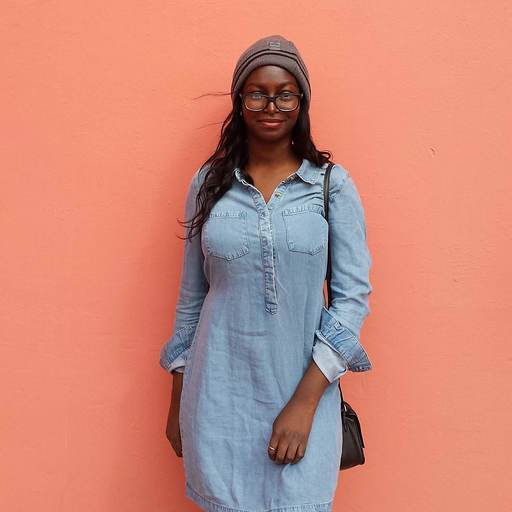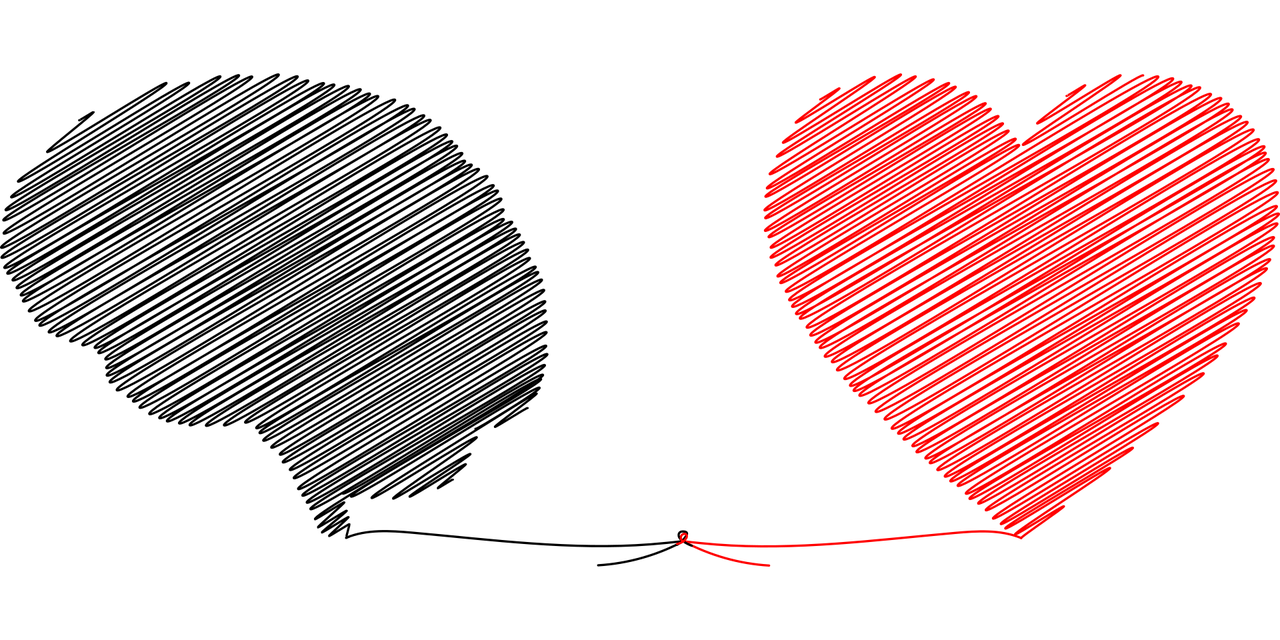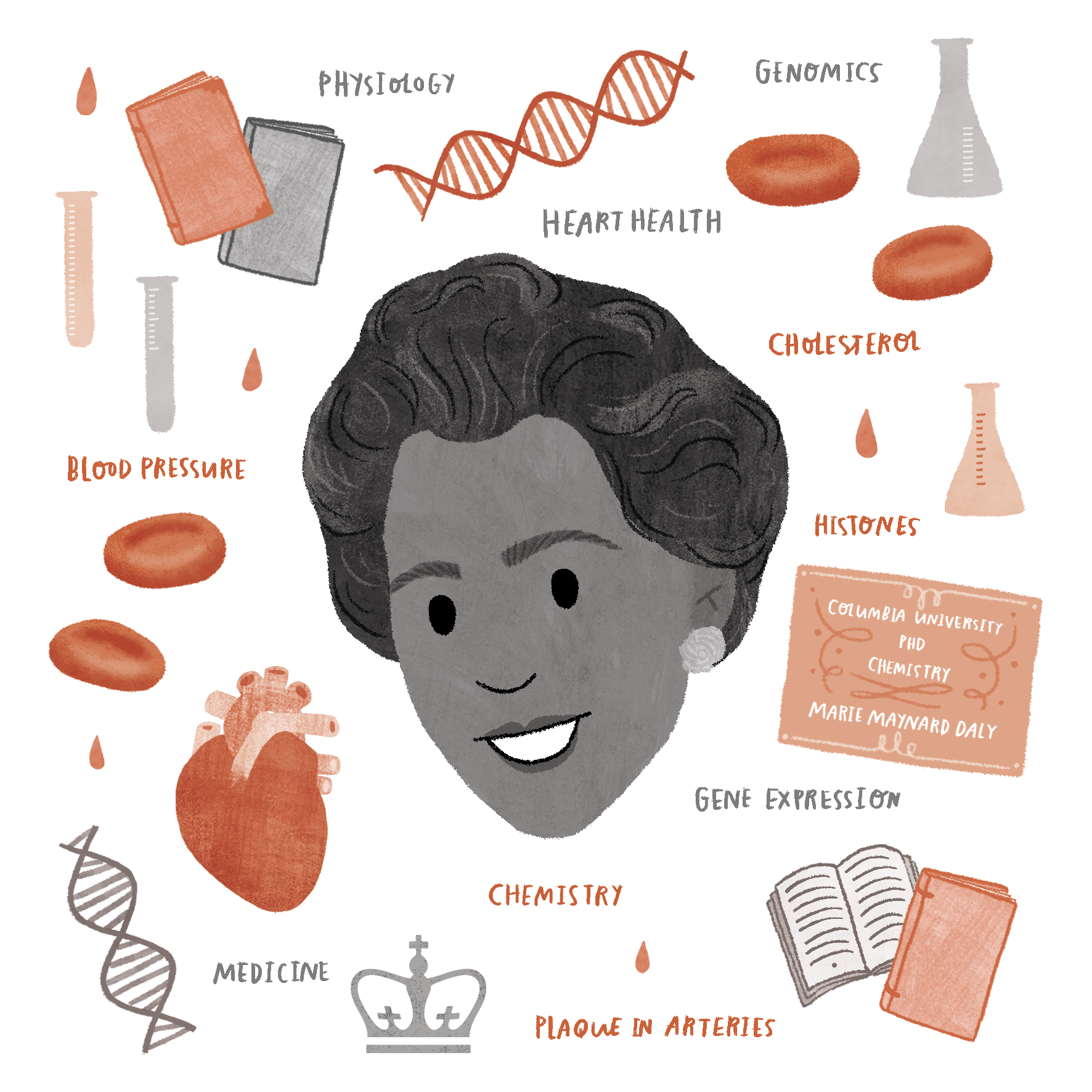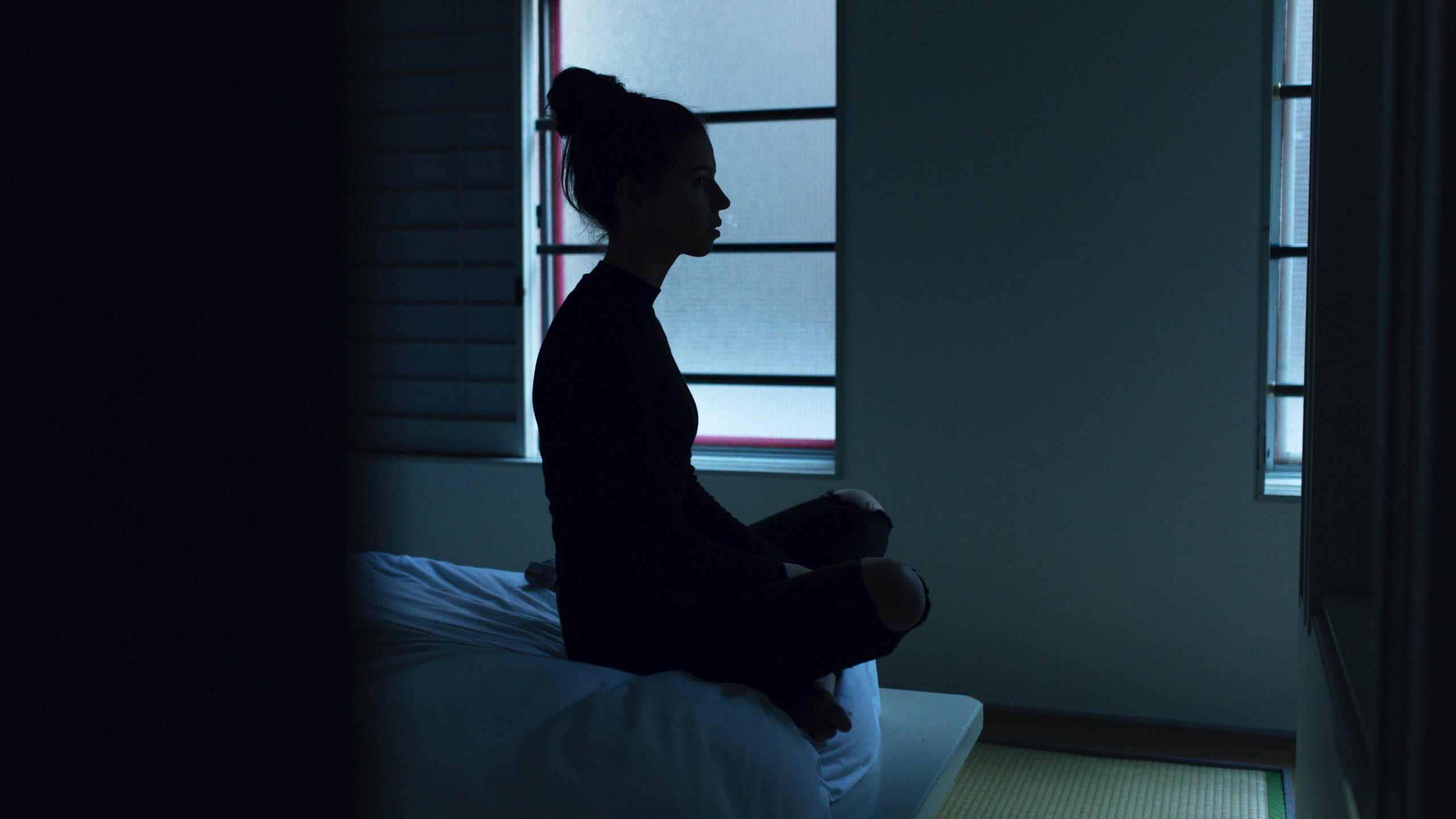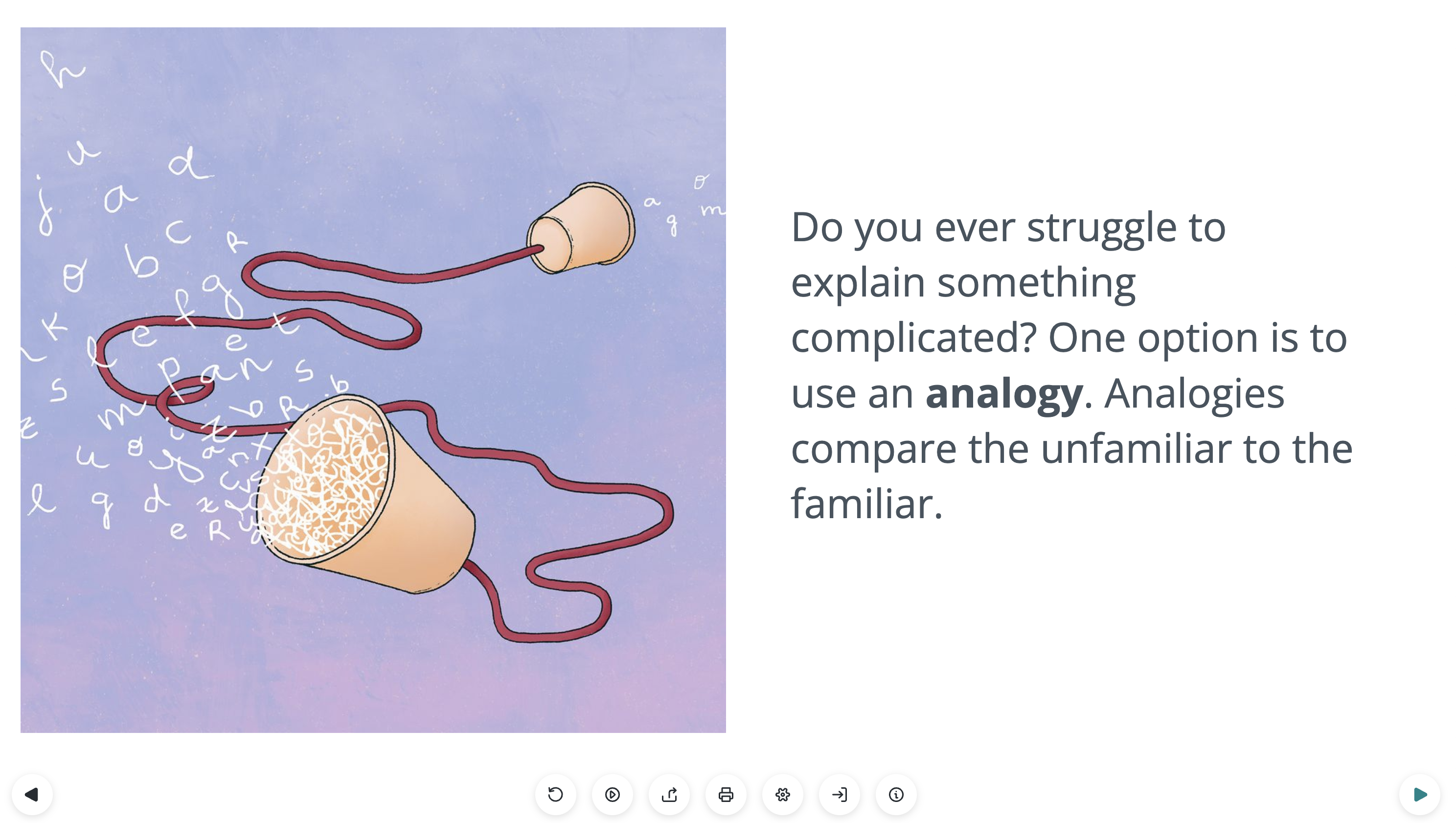Here at Lifeology, we hope to raise the visibility of art as a critical component of science and health communication. That starts with letting the scientific and broader communities know about the work of amazing and diverse science artists. Today we are featuring Jo Chukualim, Photographic Artist and Visual Storyteller!
Tell us a bit more about yourself! How did you get into art?
Art was always a part of my life growing up. Both my parents were artists and scientists. Art was their passion and science was their vocation. I was encouraged to pursue creativity in the arts and wanted to be a scientific illustrator from the age of 7.
What are your favorite things to illustrate?
After a couple of years in school I found Photography and that became my medium. I love photographing people and telling their stories. With illustration I was always fascinated with the human anatomy and recently I have illustrated the mechanism of action of various drugs that are being trialed against COVID-19.

What art formats do you work with?
I create digital illustrations and work with photography, mainly focusing on mental health topics:
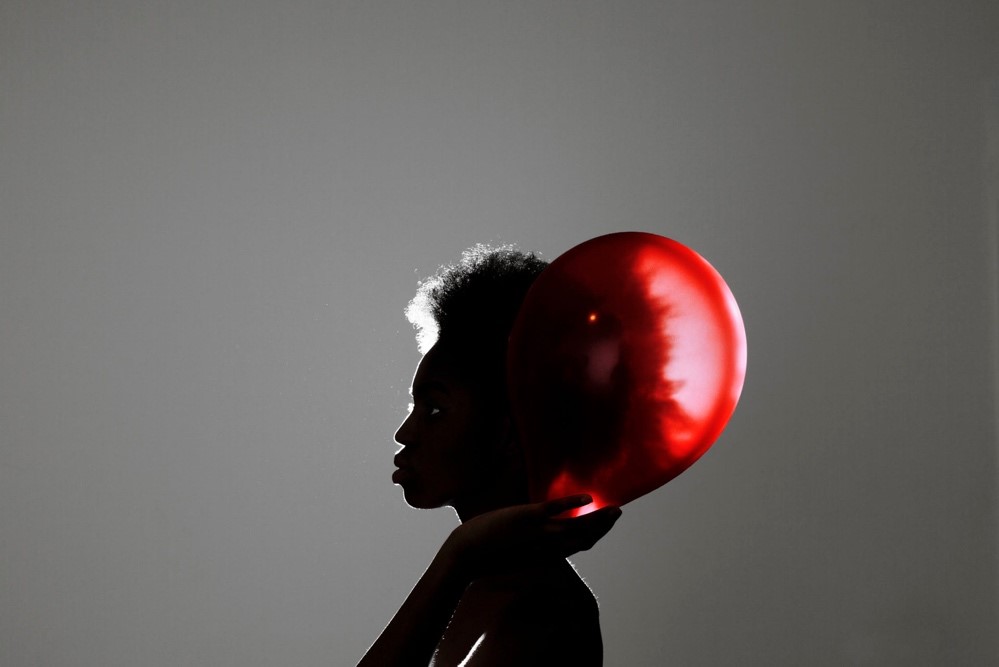
Can you describe what your creative process usually looks like?
I work with both digital and analogue cameras for Photography. I draw inspiration from personal experiences or conversations I’ve had. My projects are centered around how people experience the world. Research is the first step, collecting reference images, delving deeper into the topic of choice and developing the story.
What has been your favorite science art project to create so far?
My favorite project so far has been on mental health and dealing with childhood trauma as an adult. It spurred my desire to continue on to a postgraduate degree in Psychology.
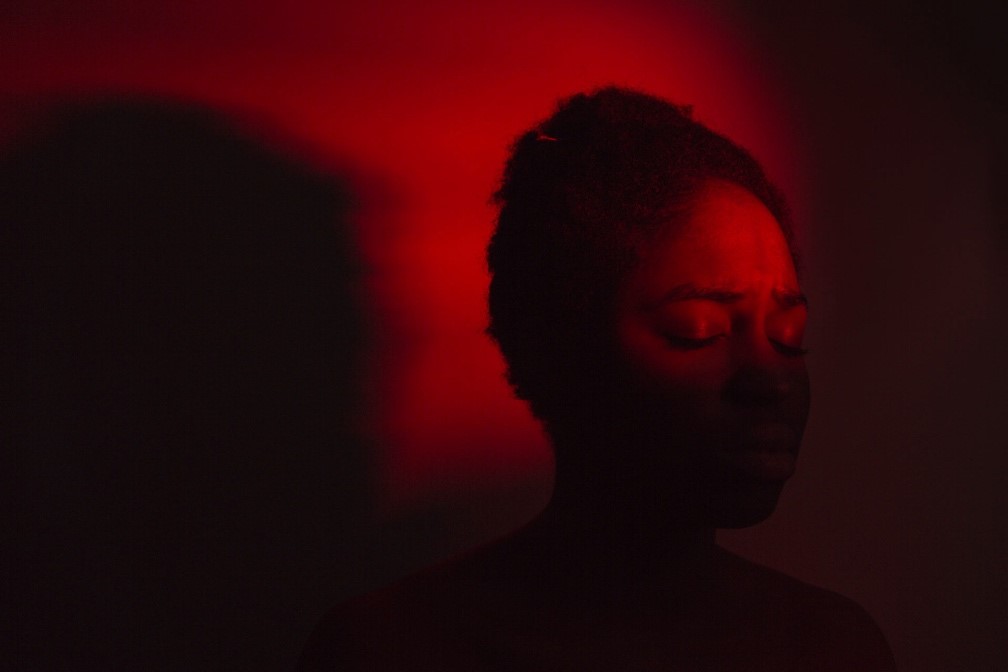
How can scientists or others work with you? What does a successful collaboration look like for you?
A successful collaboration is one where there’s no shortage of ideas, where collaborators are inspired by each other. It’s one where the scientist/client feels like what they set out to portray has been accomplished.
I can be reached by email and would love to discuss psychology and mental health projects.
When you are getting started with a new science art project, what is the first thing you do? How do you find inspiration?
Understanding the core message of the project is the first thing I would do and research is a large part of that. It’s a visual job so shooting, mood boarding or sketching as early as possible and figuring out what works and what doesn’t is a process that happens alongside the research.
Can you talk a bit about visual storytelling, why it is important to you?
Visual storytelling has been a huge part of my identity as an artist. It was a way for me to develop a voice and talk about things that maybe weren’t as easy to discuss otherwise, such as mental health and stigma.
What tips do you have for scientists wanting to work with artists or get into science art?
If a scientist has never worked with an artist before, the unknown might seem daunting but I would say the best thing to do is reach out and discuss ideas. Science is a vital part of our world and the collaboration with artists makes the work more accessible to lay audiences and engages a wider audience with the scientific community.
I truly believe that we are all artists at heart and we all have creative ability, so scientists can definitely be introduced to science art. Think about what medium you’re most interested in and what topics you’d like to explore and go for it! We all started somewhere.
What tips do you have for other science artists?
With an interest in both the arts and sciences, all you have to do is start. Create work that you’d like to see and collaborate on projects that you are interested in. Don’t be afraid to reach out to scientists and offer your talents.
What do you think are some important aspects of art / illustrations that help people better understand or enjoy science?
Science art has to be clear. Both the scientist and the artist should have a clear vision on what they want to say with the work and how they want to connect to their audience. For me, my mental health projects were about inspiring conversation and reducing stigma so the work had to be open and inviting. Even when the project was inspired by personal experiences the work had to be relatable to the audience.
Why should more scientists work with artists?
Art is a form of expression, aids communication and is one of the best ways of bridging the gap between scientists and the everyday person. This has been my experience of it. It’s allowed people who wouldn’t normally engage with science to find a way to understand it.
More about Jo
I’m a photographic artist based in London with a Master’s degree in Psychology. I’ve exhibited my projects on mental health and wellbeing at events such as the FREE RANGE shows, BAME freedom festival and UBER’s black history month display at their London HQ.
